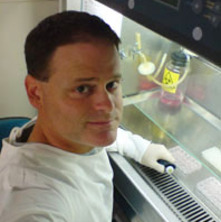The pharmacology of sulfotransferase 4A1 (2016-2019)
Abstract
The cytosolic sulfotransferase SULT4A1 is a novel protein found in most tissues of the body, although the highest levels occur in neurons in the brain. Our previous studies have shown that SULT4A1 heterodimerises with other sulfotransferases, affecting their function by behaving as a modulator of enzymatic activity. SULT4A1 is expressed as two different splice variants that produce a full-length functional protein (wild-type transcript) or a truncated protein (aberrant transcript). The truncated SULT4A1 lacks the dimerization motif and is less stable than the full-length protein. The aberrant transcript is found in almost every tissue in the body but switches to the wild-type transcript during embryonic development and cell differentiation. We hypothesise that this switching (1) leads to regulation of co-expressed sulfotransferases and (2) represents a novel approach for controlling a metabolic pathway important in drug disposition. The specific aims of this project are to: 1. Determine the underlying mechanism that controls SULT4A1 splicing during embryonic development and cell differentiation. 2. Investigate how alternative splicing of SULT4A1 affects the function of other sulfotransferases. 3. Determine co-localization of SULT4A1 with functional sulfotransferases in human and mouse brain and GI tract tissue.

